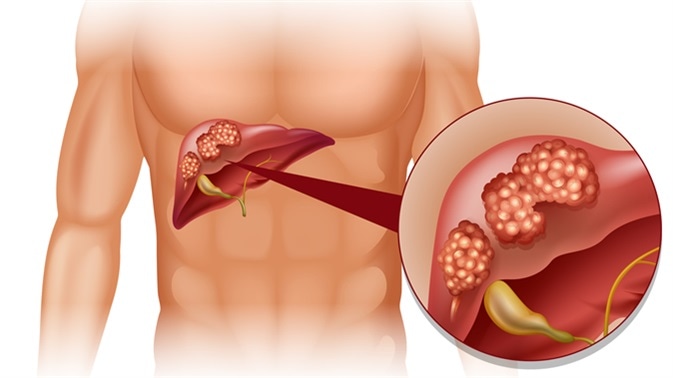

The most common liver tumor is a secondary (metastatic) tumor. This means that the tumor has spread to the liver from its original source of origin. The most common sources of origin are cancers of the intestines, breast or bronchial tubes (lungs). The tumor will take root in the liver and continue to grow, eventually causing liver enlargement and perhaps yellow jaundice
Secondary cancer of the liver is when cancer cells spread to the liver from somewhere else in the body. For example, the bowel, breast or lung.
The main symptoms of secondary liver cancer include weight loss, nausea, tiredness, swelling of your tummy (abdomen), jaundice, high temperatures or sweating.
Secondary liver cancer can be diagnosed by a physical exam, liver ultrasound, blood tests, and CT, MRI and PET scans.
The main treatments for secondary liver cancer are radiotherapy and chemotherapy.
Primary cancer is where a cancer first begins. For example, this could be in your breast, lung or bowel. Cancer that begins in your liver is called primary liver cancer. Cancer that spreads to your liver from somewhere else in your body is called secondary liver cancer.
Cancer tumours are made up of millions of cancer cells. Sometimes these cells break away and travel through the bloodstream or lymphatic system to other parts of your body. When these cells group together to form another tumour somewhere else in the body, it is called metastases or a secondary cancer.
Most liver cancers are secondary liver cancers. Primary liver cancer is very rare. Sometimes secondary liver cancer is diagnosed before the primary cancer is found. The types of cancer that often spread to the liver are:
Bowel cancer
Breast cancer
Lung cancer
Ovarian cancer
Stomach cancer
Pancreatic cancer
Melanoma skin cancer
